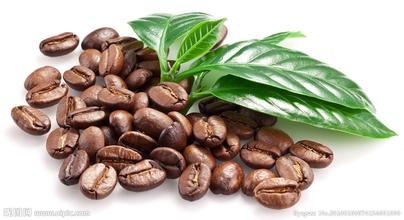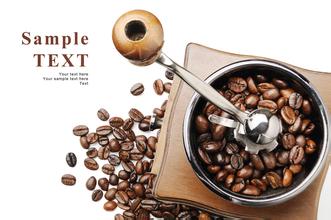Introduction of Arabica Coffee Manor in Bali, Indonesia
The prosperity of coffee in Indonesia was not sustainable, coffee production was fatally hit at the end of the 18th century, and leaf rust, originally found in West Java, spread rapidly, destroying the Arabica coffee estate in Indonesia. The leading position of the coffee trade was replaced by the American producing countries. However, it is worth mentioning that the leaf rust disaster did not affect the eastern Indonesian producing areas, namely Flores Island and Timor, where the genes of some coffee trees in Timor today can be traced back to the 16th and 17th centuries.
According to ICO, Indonesia's coffee production ranked third in the world in 2013, although 80% of the coffee was grown in Robusta.
In the Dutch colonial era, coffee was mainly grown in large estates. After World War II, it experienced the process of nationalization and the movement of independence. Today, about 90% of the coffee produced in Indonesia is produced by small farmers.
Coffee variety
At first, Indonesian coffee was Arabica, and the Arabica manor was destroyed by a leaf rust disaster at the end of the 18th century. at first, the Dutch tried to grow Liberian seeds, and later, they began to plant Robsta seeds on a large scale.
At present, Arabica species account for about 10-15% of the coffee produced in Indonesia, and the rest is Robsta. Although Liberika species are produced, they are basically not included in the coffee trade.
Coffee from Java is traditionally washed.
Sumatra and Sulawesi are famous for their "wet planing" wet-hulled with Indonesian characteristics, known locally as Giling Basah.
The drying methods in coffee treatment vary according to the situation: high-priced bed drying in rain canopy, balcony drying, roadside drying and so on.

Important Notice :
前街咖啡 FrontStreet Coffee has moved to new addredd:
FrontStreet Coffee Address: 315,Donghua East Road,GuangZhou
Tel:020 38364473
- Prev

Introduction of Indonesian Coffee Flavor characteristics Kahayang Gan Manor
Manning Coffee drip filter: wet the coffee powder with water and let the coffee liquid flow through the filter cloth or filter paper and flow into the container at the speed of natural fall. Basically, this method does not soak the coffee powder, just let the hot water pass slowly through the coffee powder. Both the drip cup and the electric coffee maker fall into this category and are the simplest brewing tools that can make clean and brightly colored coffee. Follicular type
- Next

Indonesian Coffee Manor introduces Indonesian Coffee Flavor of Rasuna Wahana Manor
Java is the most economically developed island in Indonesia and the most densely populated area. Jakarta, the capital of Indonesia, located in the northwest of Java, is the largest city in Southeast Asia. In addition, Indonesia's second and fourth largest cities are located on the island of Java. Java is the first region in Indonesia to grow coffee and has taken the lead in the world coffee market as early as the 18th century. The famous Java Mocha
Related
- Does Rose Summer choose Blue, Green or Red? Detailed explanation of Rose Summer Coffee plots and Classification in Panamanian Jade Manor
- What is the difference between the origin, producing area, processing plant, cooperative and manor of coffee beans?
- How fine does the espresso powder fit? how to grind the espresso?
- Sca coffee roasting degree color card coffee roasting degree 8 roasting color values what do you mean?
- The practice of lattes: how to make lattes at home
- Introduction to Indonesian Fine Coffee beans-- Java Coffee producing area of Indonesian Arabica Coffee
- How much will the flavor of light and medium roasted rose summer be expressed? What baking level is rose summer suitable for?
- Introduction to the characteristics of washing, sun-drying or wet-planing coffee commonly used in Mantenin, Indonesia
- Price characteristics of Arabica Coffee Bean Starbucks introduction to Manning Coffee Bean Taste producing area Variety Manor
- What is the authentic Yega flavor? What are the flavor characteristics of the really excellent Yejasuffi coffee beans?

